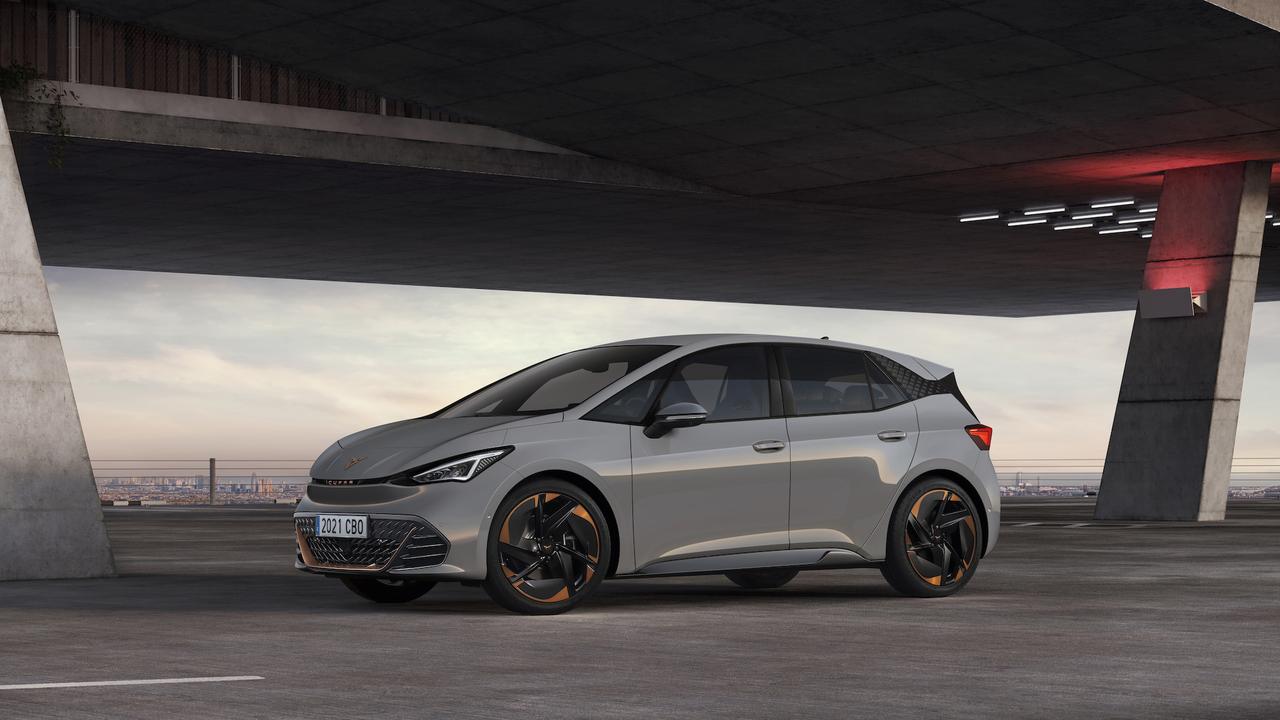EVs get backing in Labor’s federal budget
The 2023 federal budget has been a landmark win for electric vehicle industry in Australia, but lobbyists say there is more to be done.
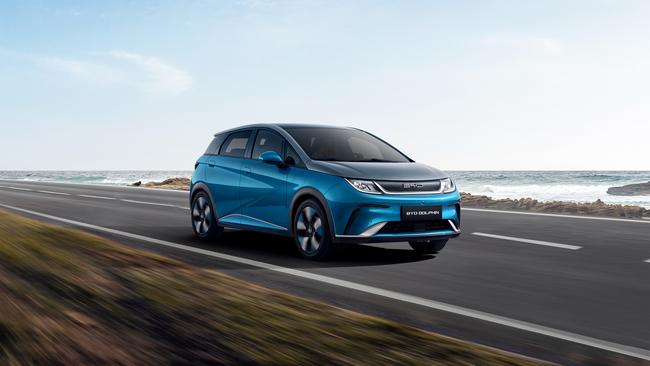
After years of struggling for financial assistance, or even acknowledgment of their existence, lobbyists for the electric vehicle industry in Australia say the 2023 federal budget was a watershed moment – but there is still plenty more that needs to be done.
The budget came hot on the heels of another long-awaited regulatory moment for EVs, with the news that Australia will finally join most of the developed world by introducing fuel-efficiency standards.
The legislation for those standards, and the specific detail on how they would work, was not included in the budget papers, although the government is looking to implement the legislation before the end of this year.
ELECTRIC VEHICLES SPECIAL REPORT
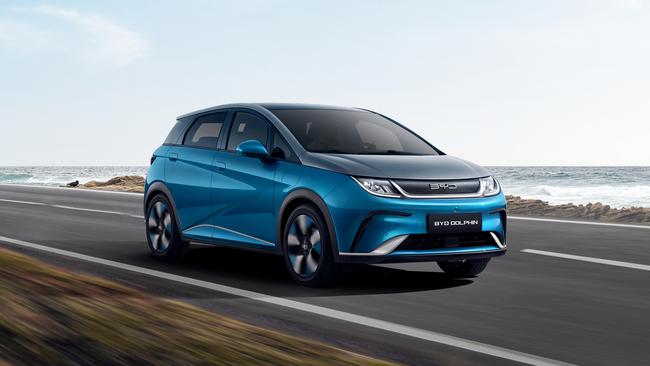
EVs get backing in Labor’s federal budget
The 2023 federal budget has been a landmark win for electric vehicle industry in Australia, but lobbyists say there is more to be done.

Cars get cheaper as key costs fall Cheaper cars as costs fall
The cost to buy an electric vehicle is beginning to come down, making EVs more accessible than ever, but what does this mean automotive brands?

Infrastructure a big budget winner
The 2023 budget included a huge win for EV infrastructure, with a national fast-charging network and an investment in alternative fuels on the forefront.

EVs are getting bigger and better
Large SUVs are loved by families around Australia, and the electric SUV market is expected to explode in response.
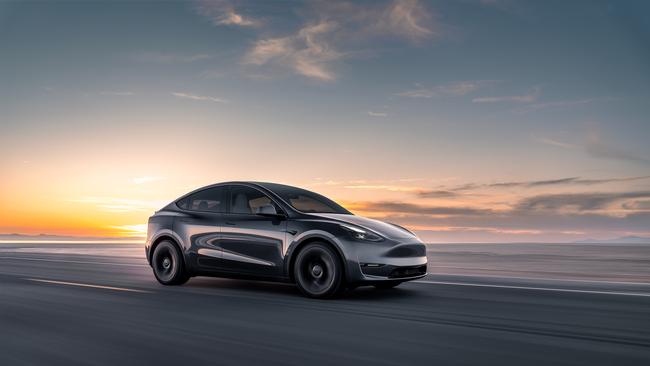
Luxury sits up high as sales boom
Electric vehicles are quickly becoming the favourite of the luxury buyer with 158 per cent boom in sales in the first quarter of the year.

Haters gonna hate but the market won’t stop moving
The electric vehicle market continues to boom, despite the naysayers.
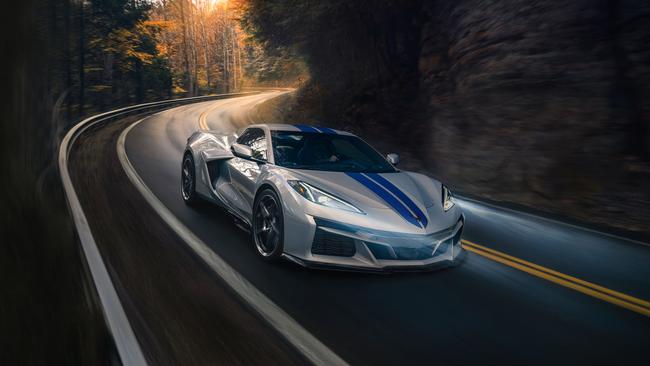
How EVs are changing sports cars
Electric motors are defining the world of sports cars, with acceleration speeds that rival the likes of Formula One.

Audi gets room to grow with new platform
Audi’s Premium Platform Electric (PPE) will support Audi to release 10 new EVs in two years as they move towards phasing out internal-combustion engines in 2027.

The ultimate buy guide for EVs
The world of EVs is expanding so quickly it can be hard to keep up, so here’s what to look for when buying an electric vehicle.

The eight must-know EV facts
EVs can make motoring simpler, but there is a learning curve that it pays to get on top of. Here are eight things you may not know about electric cars.

New laws to stop ‘ICE-blocking’
‘ICE-blocking’, parking a combustion-engined car in an electric-vehicle charging spot, will soon land you in hot water with states across Australia introducing huge fines.

Holiday hotspots due for a jolt
State governments are pouring hundreds of millions into EV infrastructure, it’s about time they look towards the holiday hotspots that are being inundated with EV owners.

Tesla downloads new revenue model in over-the-air upgrades
Tesla rolls out a new model that allows owners to buy upgrades directly from their vehicle’s centre dash screen in a bid to increase revenue.

Would this EV tempt to you buy a Saab again?
Saab is back. Well, as NEVS, and they’re returning with a stunning electric concept car, The Emily GT but they need investors to bring it to life.

Can battery metals be sourced sustainably?
What are the environmental costs behind sourcing the metals for the batteries that power our electric vehicles?

Oil use down as EVs rise
New research from the International Energy Agency has found that demand for oil is down as EVs become the driving force behind the new global energy economy.

Are EVs really cleaner? It depends where you live
Are electric vehicles really the answer to the rising CO2 rates? Or are they not as clean as we thought? Well it depends where you live.

‘Blade’ battery to cut range anxiety
Development of EV batteries is advancing everyday, with batteries capable of more than 1000km of driving on a single charge soon to be hitting the roads.

Does hard driving mean hard wearing?
If you love driving hard and fast, your next supercar should be an EV, as electric motors are designed to last the life of the vehicle.
What was included was a spending figure of $7.4m to be put towards the introduction of fuel-efficiency standards, which the government says will “ensure consumers have a better choice of electric vehicles and encourage greater use of cleaner, cheaper-to-run vehicles”.
Viewed by many as the missing link in Australia’s automotive policy, experts say legislated efficiency standards would essentially force global car giants to prioritise production of low- and zero-emission vehicles for our market, or risk missing range-wide efficiency targets, and face fiscal penalties.
“The most common thing coming from our automotive members is that every electric vehicle they can bring to Australia quickly sells out, which is partly because the number of vehicles we’re getting is far fewer than those being sent to countries where efficiency standards are in place,” says Behyad Jafari, chief executive of Australia’s Electric Vehicle Council.
“Their message is that other countries are being prioritised because they have to meet legislated standards, unlike here in Australia. And that means fewer EVs for Australia, fewer affordable electric vehicles, and vehicles that aren’t launched in Australia at all, or that are brought here years later.
“Efficiency standards address that, and mean there’s a business case for car companies to prioritise Australia when it comes to electric vehicles.”
In total the budget included $20.8m towards greening transport, including $7.8m for a Transport and Infrastructure Net Zero Roadmap and Action Plan, and $5.2m over four years for charging infrastructure in housing and public spaces.
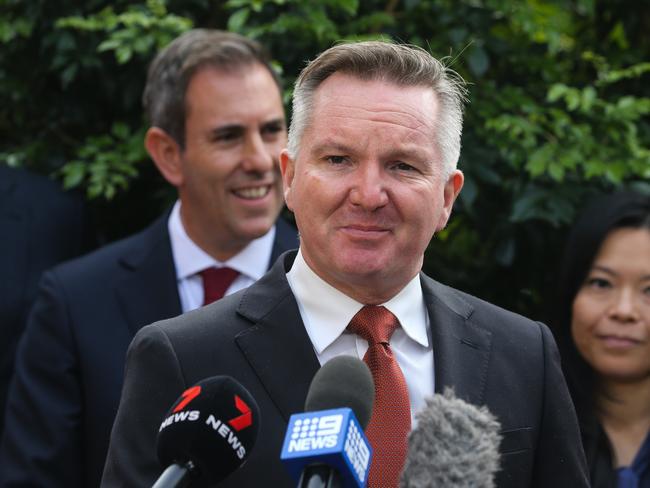
Another $14.8m was allocated over four years to establish the Powering Australia Industry Growth Centre, the job of which is to work on advanced technology and skills as part of the Australian Made Battery Plan.
A far bigger spending figure is the $2bn the government has pledged to spend on making this country a leader in hydrogen generation. Hydrogen has long been pushed as an alternative, zero-emission fuel source for running all kinds of transport, but it has lagged behind electrification, largely due to the expense of implementing hydrogen infrastructure.
While not as widely discussed as a future transport solution, several big companies – Toyota and Hyundai included – are betting big on hydrogen technology playing a key role, especially in long-haul trucking and transport.
Late last year, the US announced a $US7bn ($10bn) program to create “regional clean hydrogen hubs” across America, which would form “a critical arm of America’s future clean energy economy” and help achieve President Joe Biden’s goal of a net-zero carbon economy by 2050.
Becoming a leader in the generation of hydrogen is seen as a massive global opportunity for Australia, which is something the government’s $2bn Hydrogen Headstart program will aim to capitalise on.

A sure sign of how important this focus is for the Albanese government, is the fact that the budget papers used the phrase “renewable energy superpower” repeatedly.
Other green-energy targets in the budget included a focus on making commercial buildings more energy-efficient as part of Australia’s transition to a system using 82 per cent renewable power by 2030.
Companies with annual turnovers less than $50m that are looking to improve energy efficiency are eligible for a 20 per cent deduction for “assets supporting electrification”.
Up to $100,000 can be spent on these measures, with a maximum deduction of $20,000, and including things like more efficient heating and cooling systems, batteries, or more efficient electrical goods.
But it wasn’t all spending. The government will also bank an estimated $30m by excluding plug-in hybrid electric vehicles (PHEVs) from the fringe benefit tax exemption for electric cars.
Billed as a “stepping stone” technology, PHEVs combine an electric motor and battery with a traditional internal combustion engine, and can be used as an EV, a petrol vehicle, or as a combination of both.
Plug-in hybrids purchased between July 2022 and March 31, 2025 will remain eligible for the fringe benefit tax exemptions, after which they will only apply to battery electric vehicles.
he BYD Dolphin is expected to cost less than $40,000.

